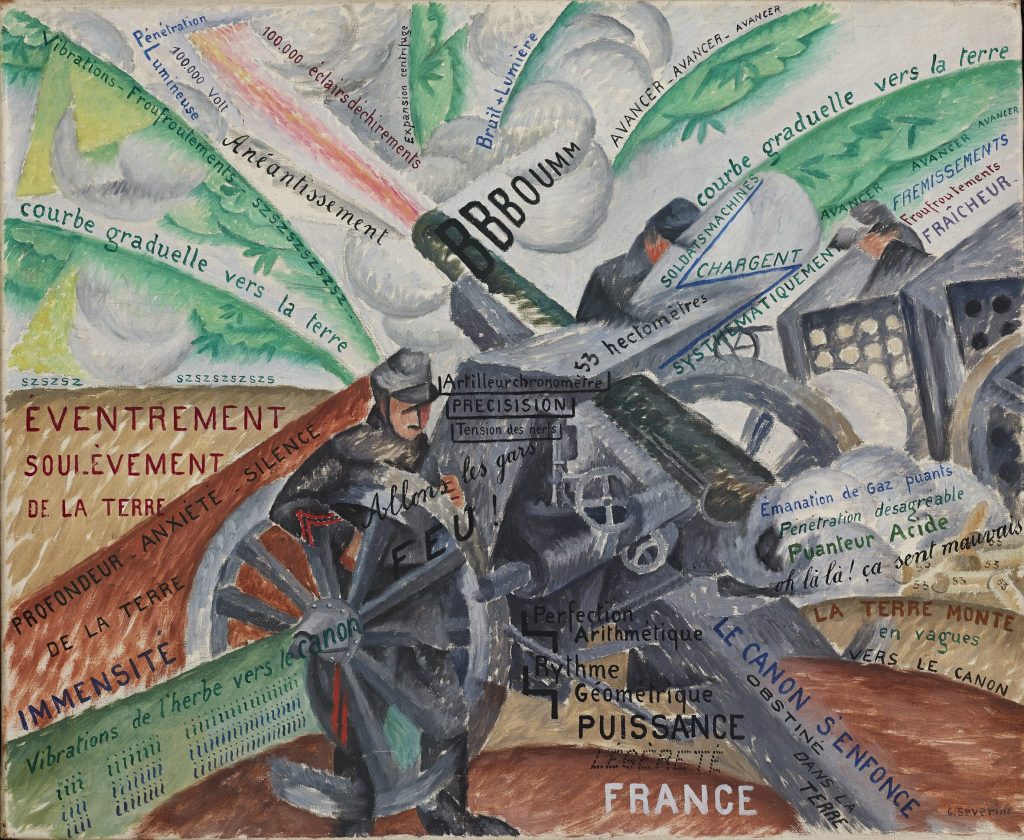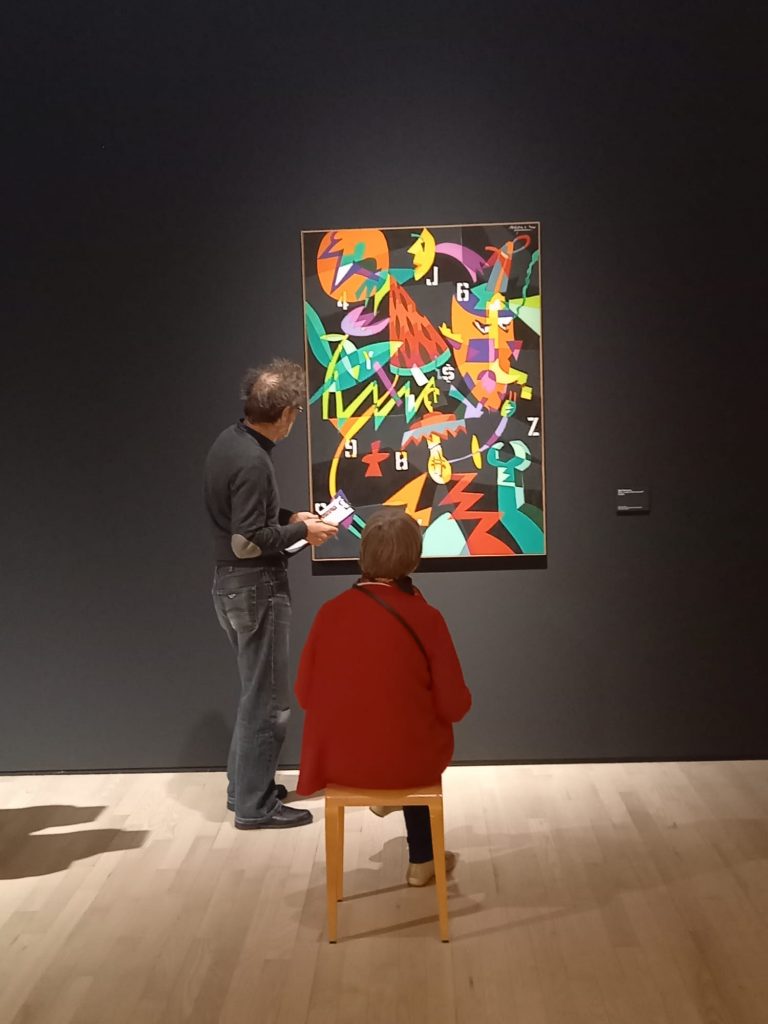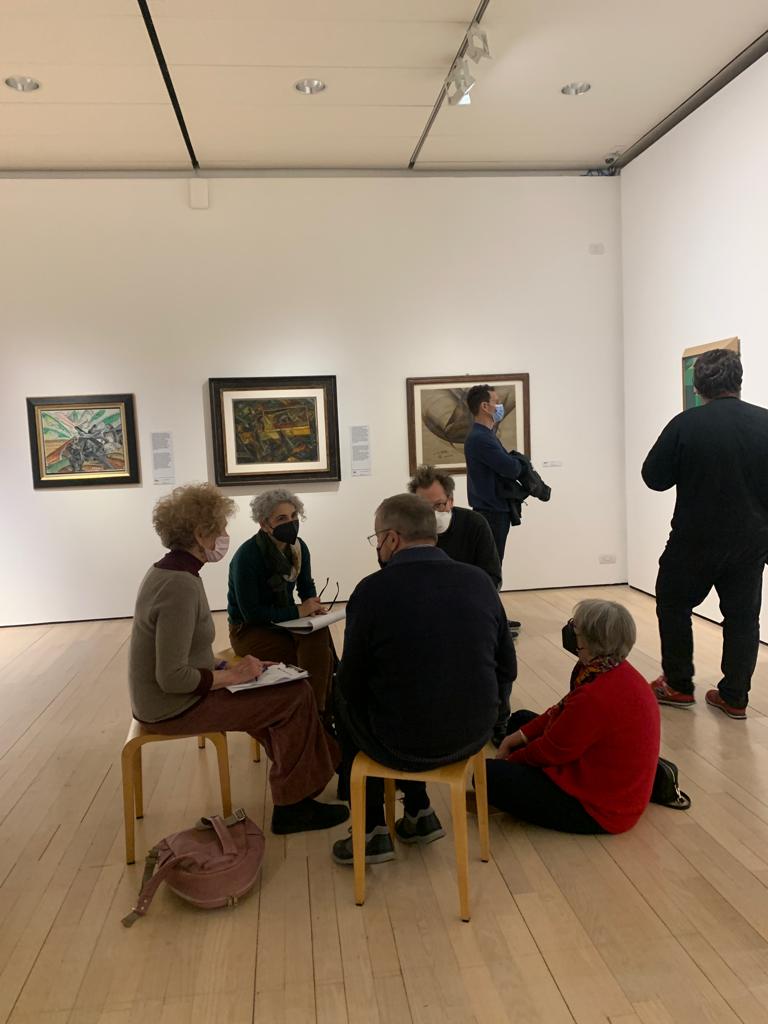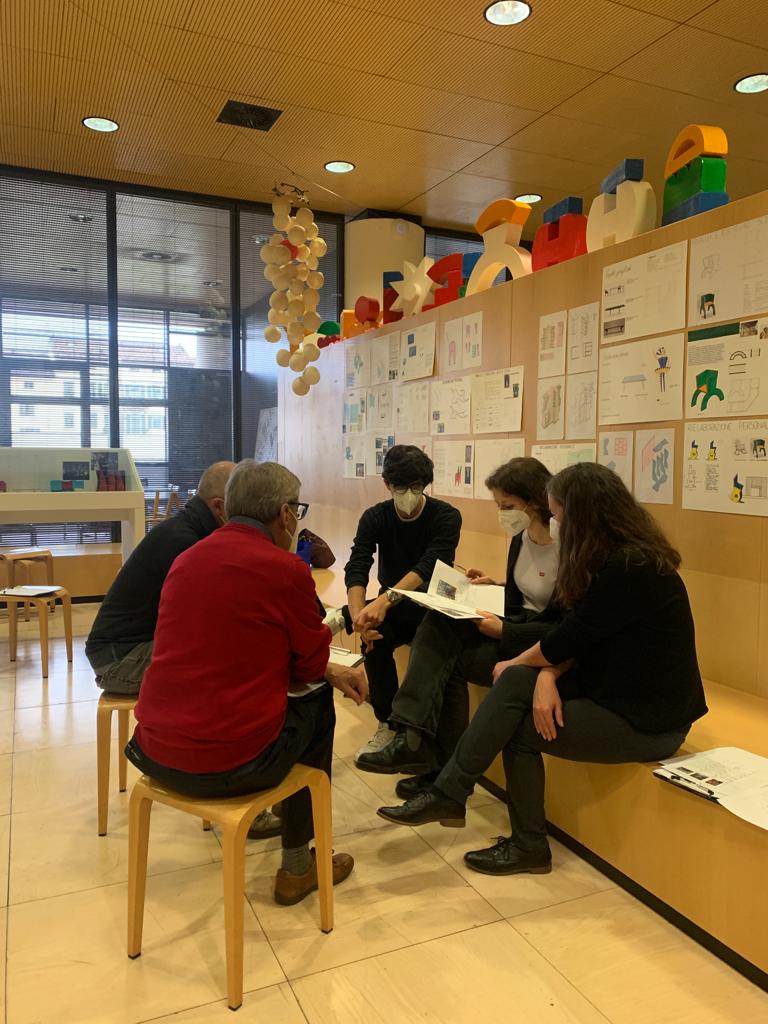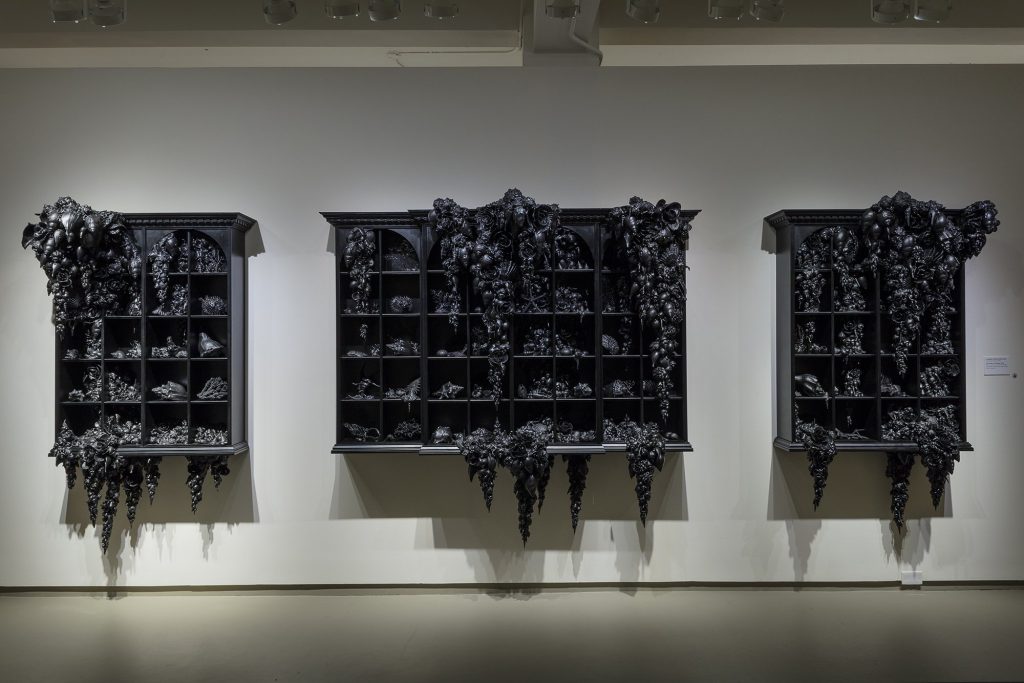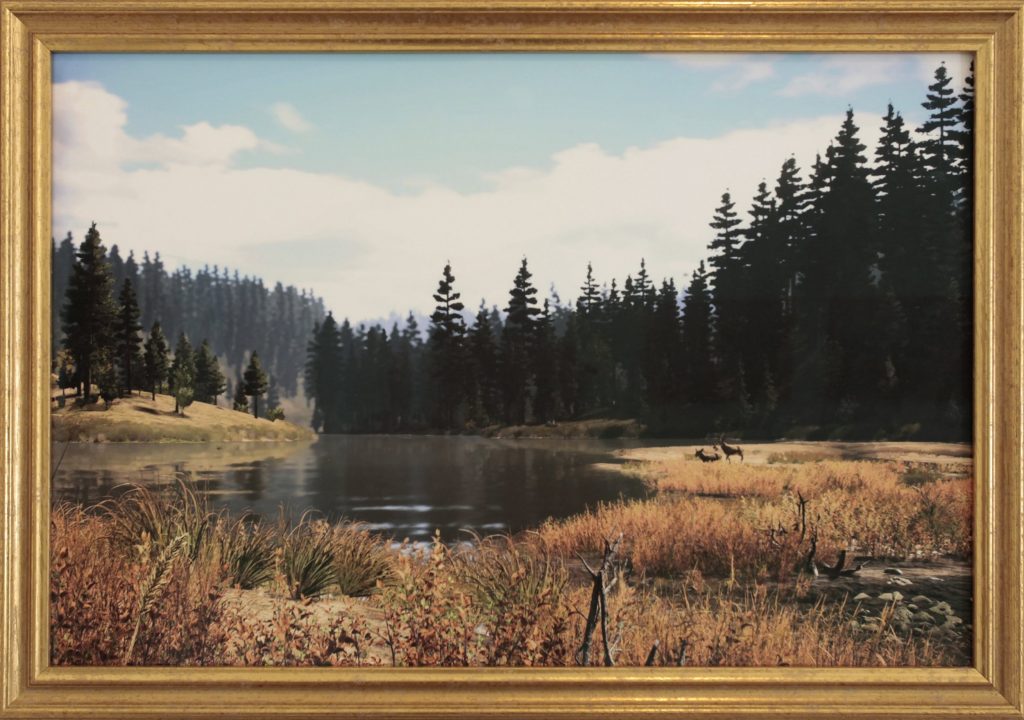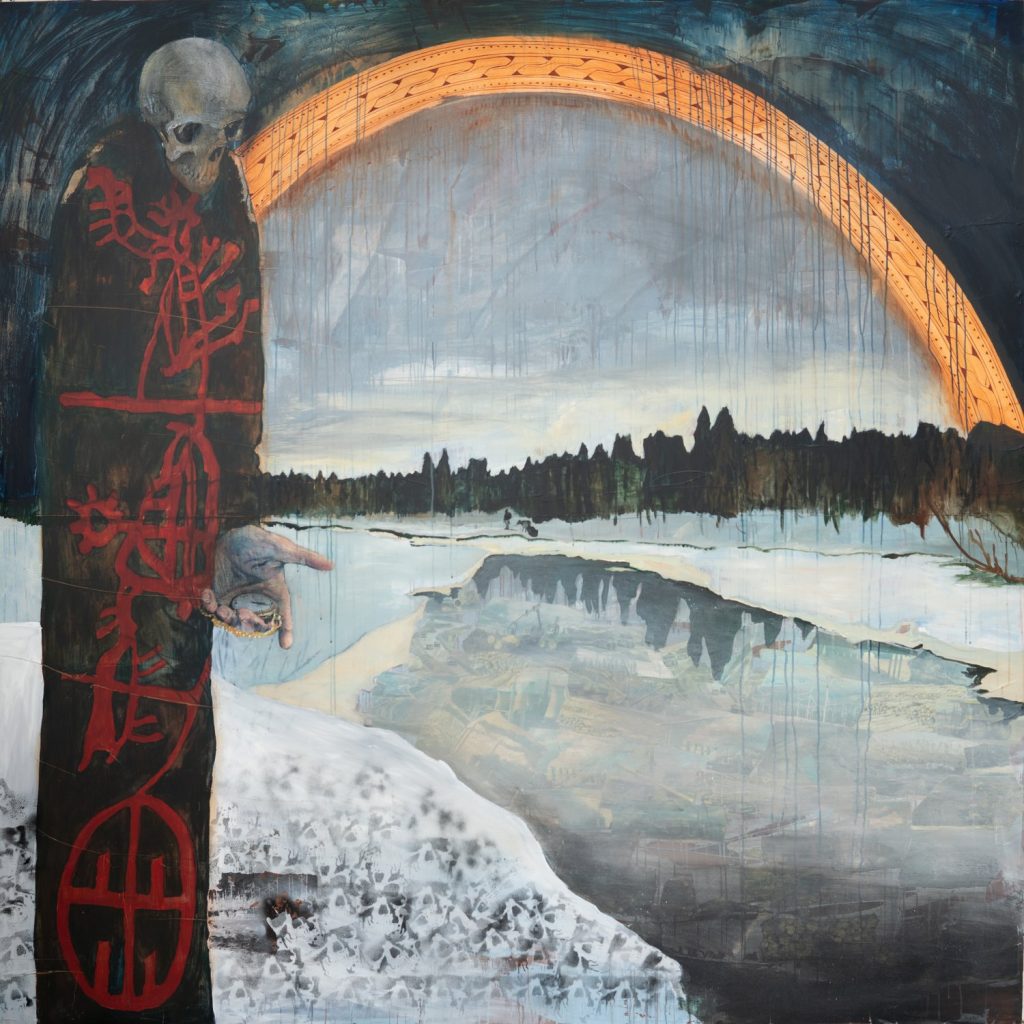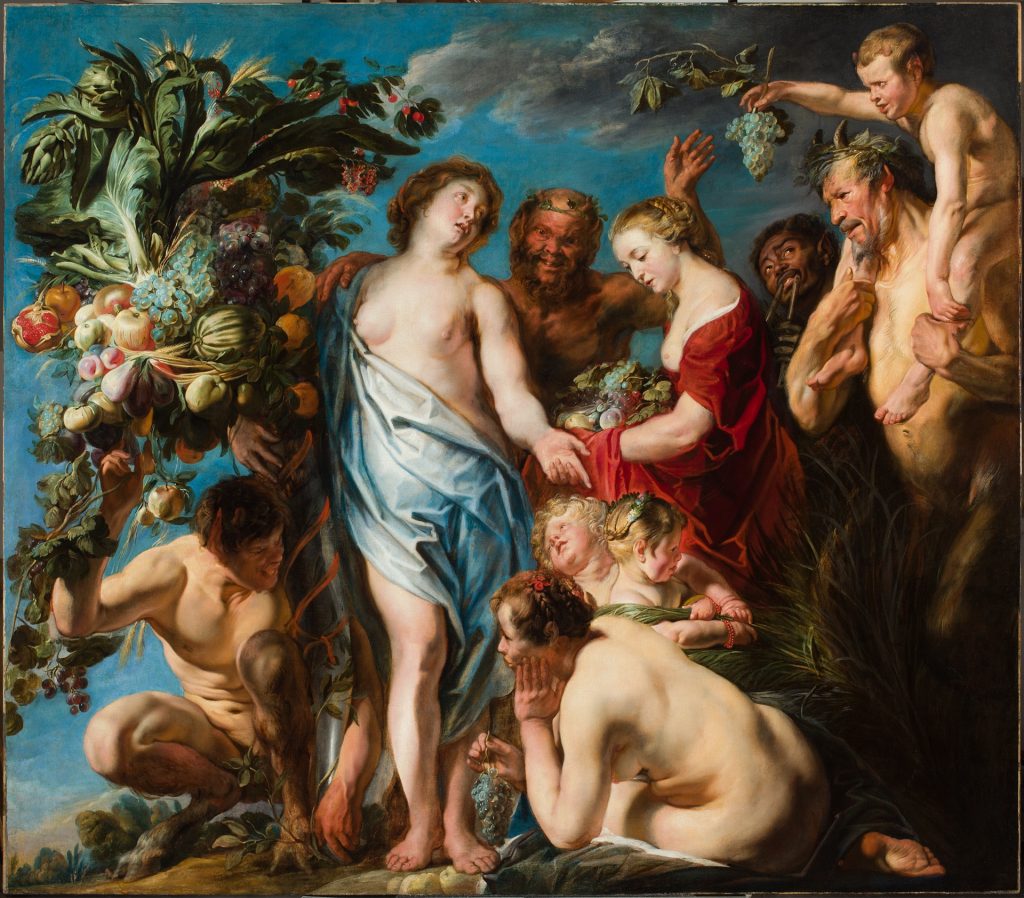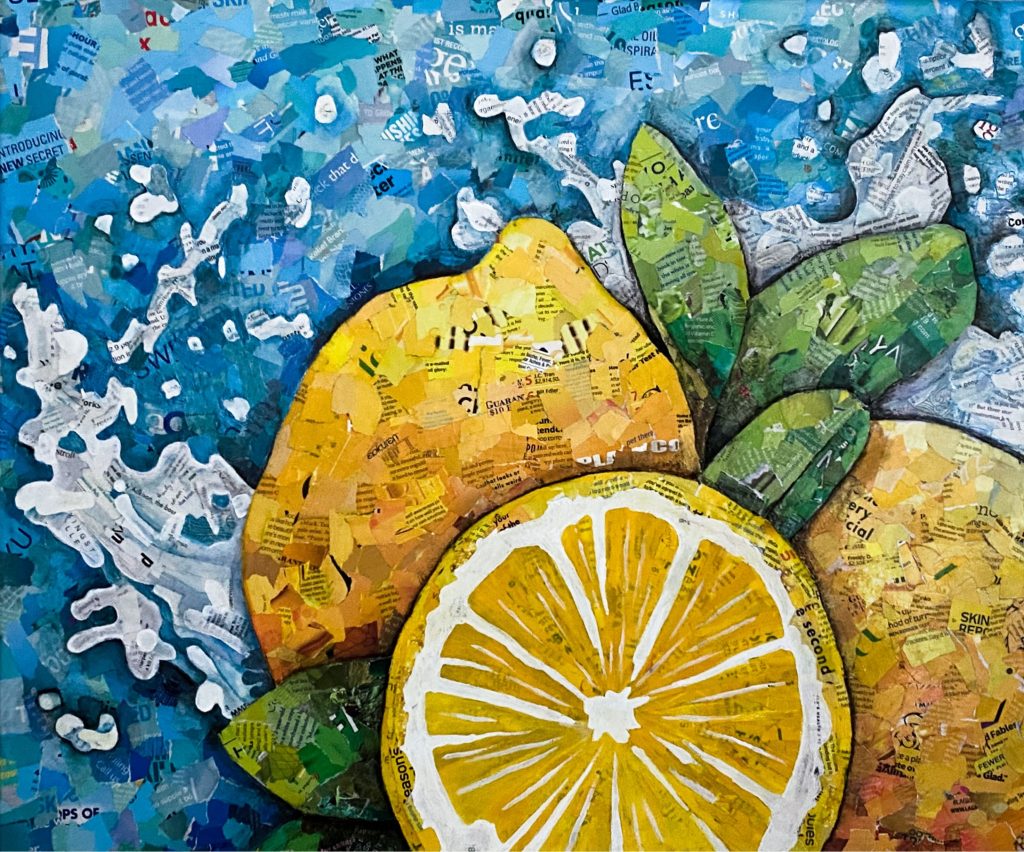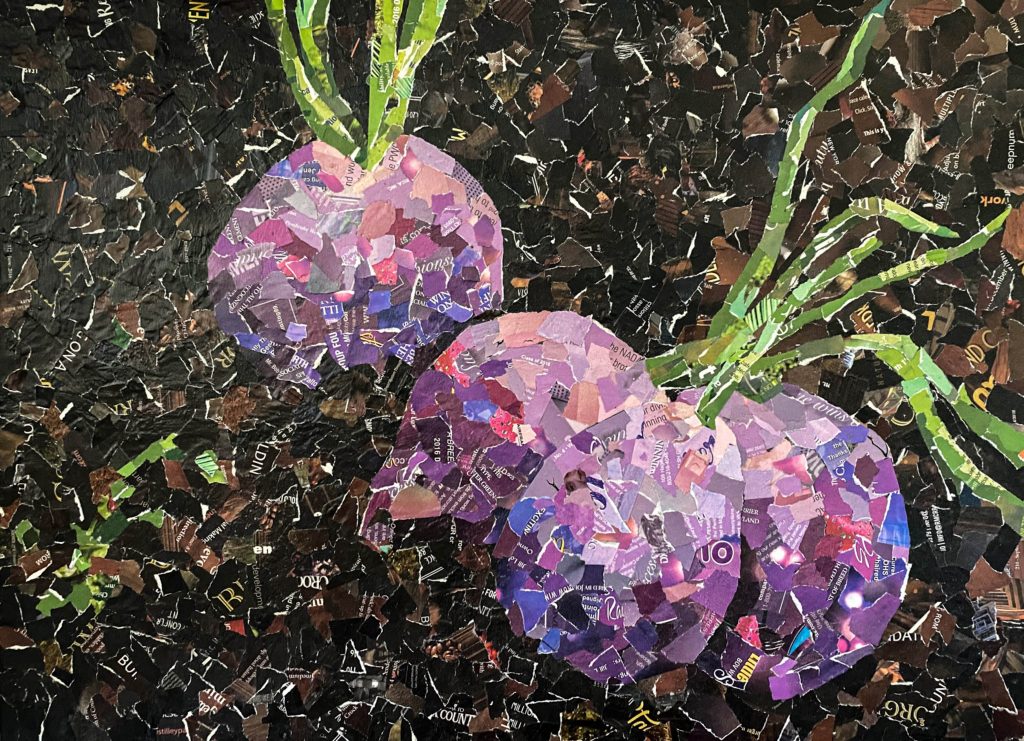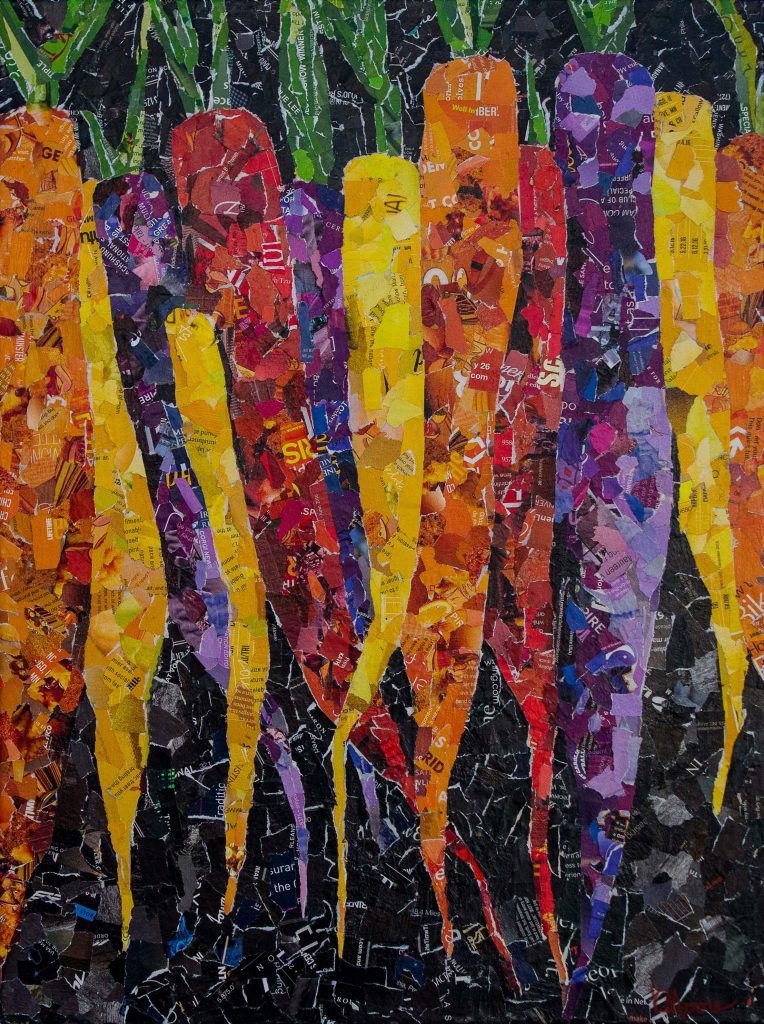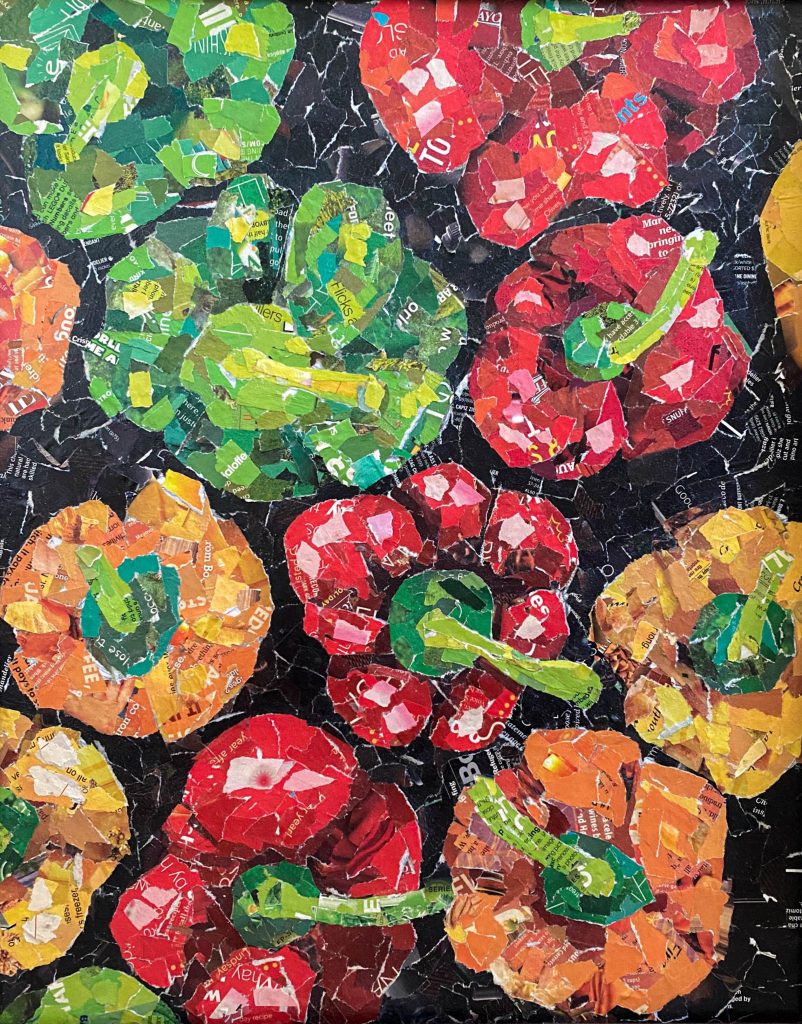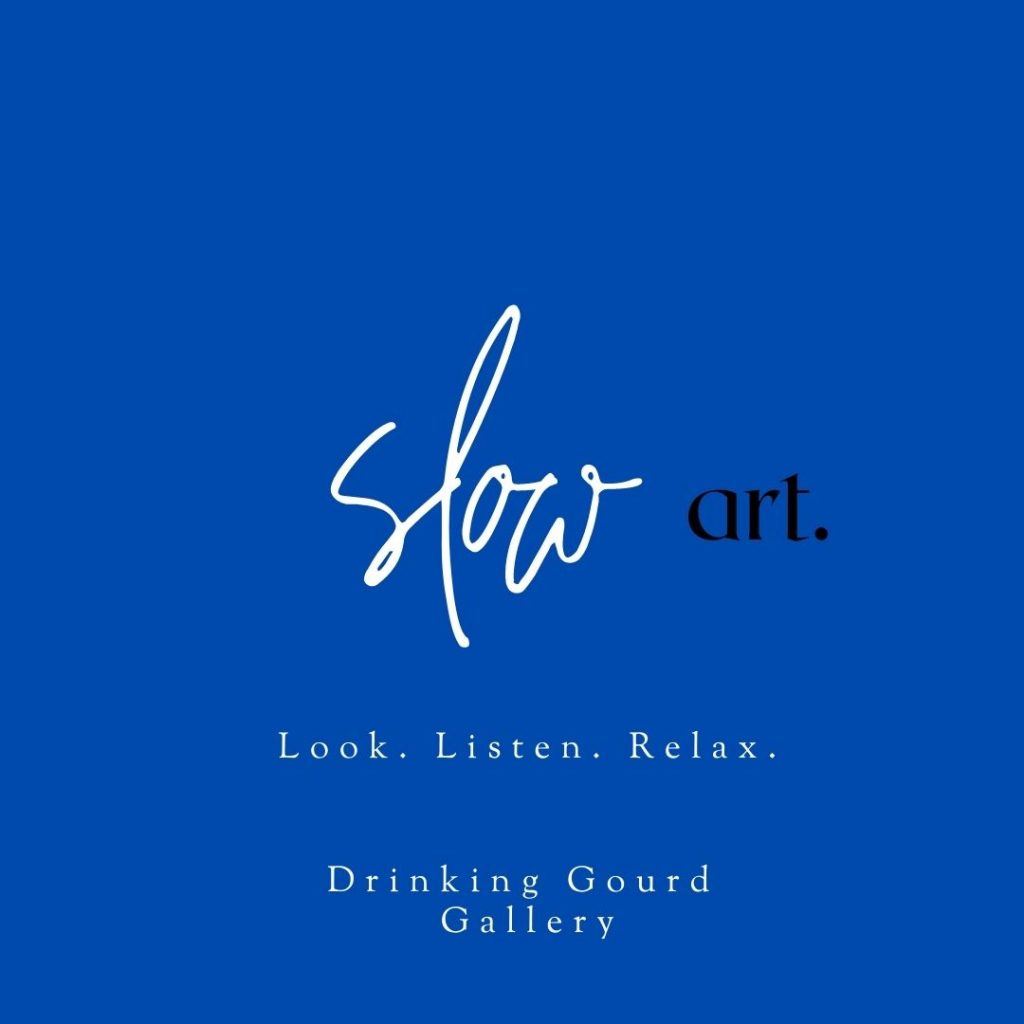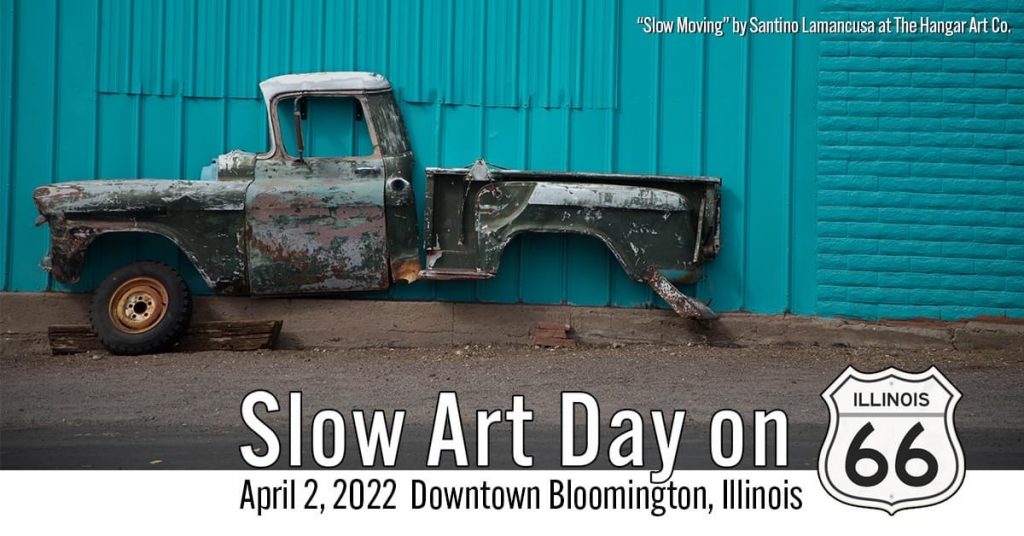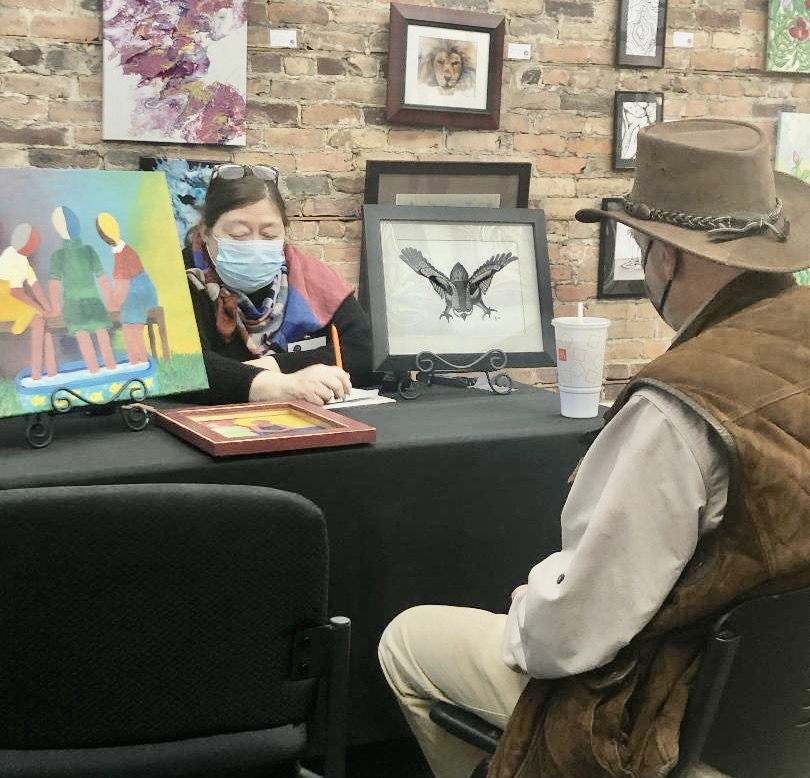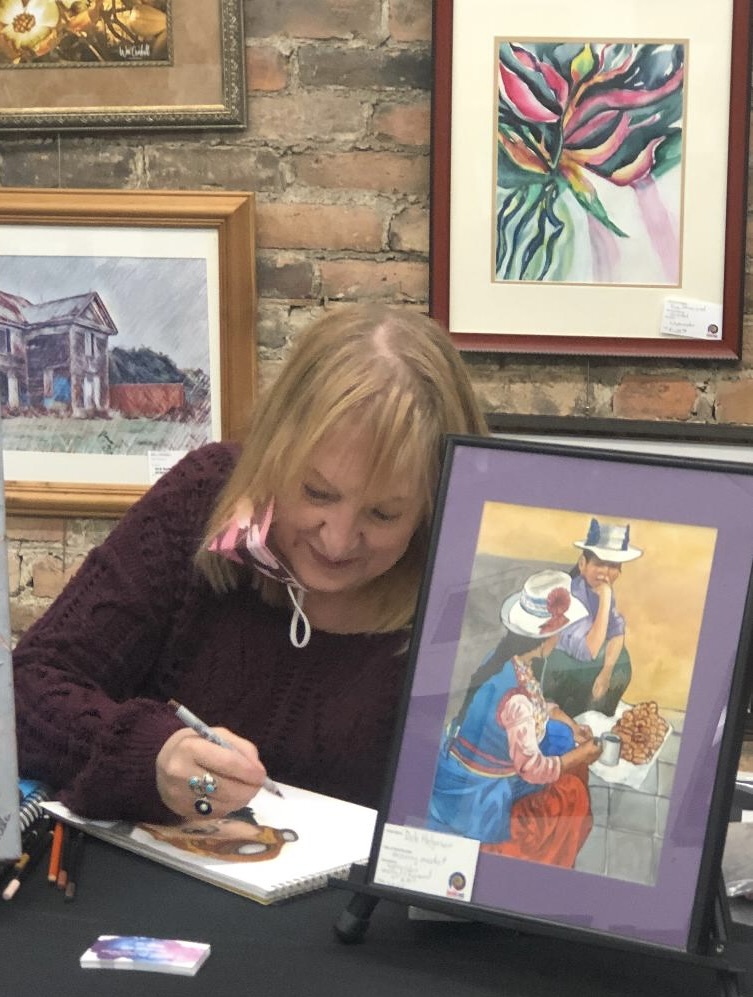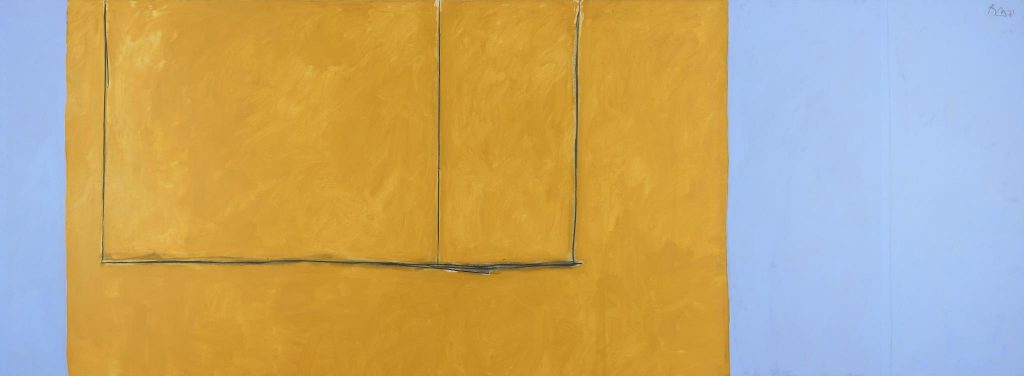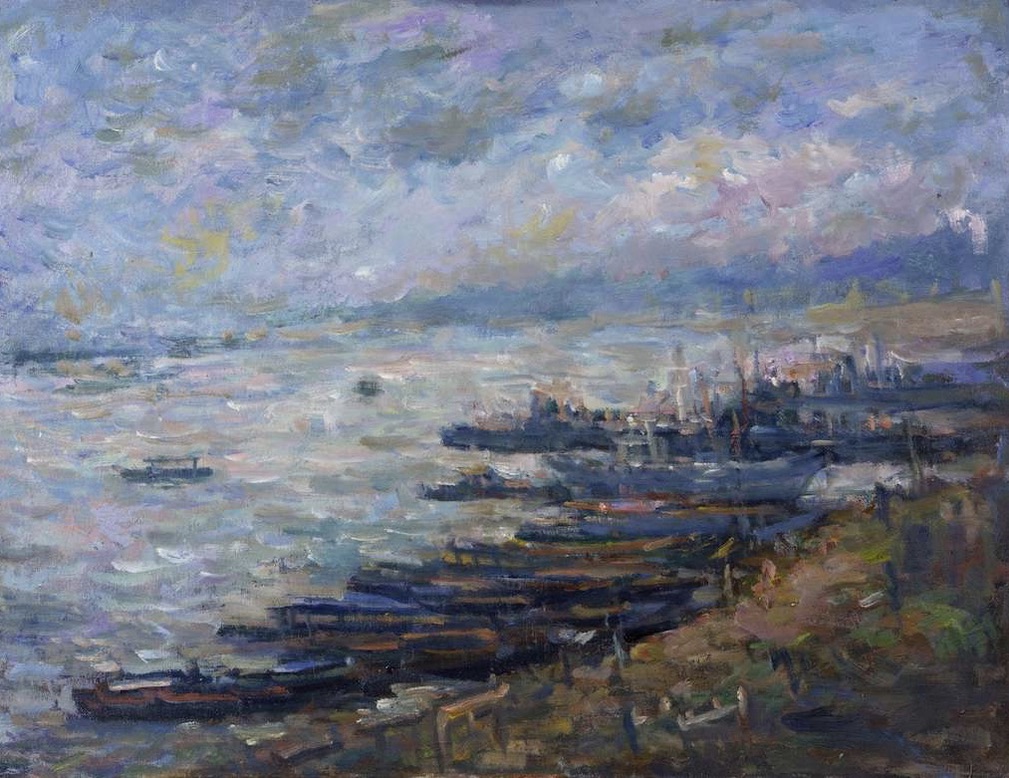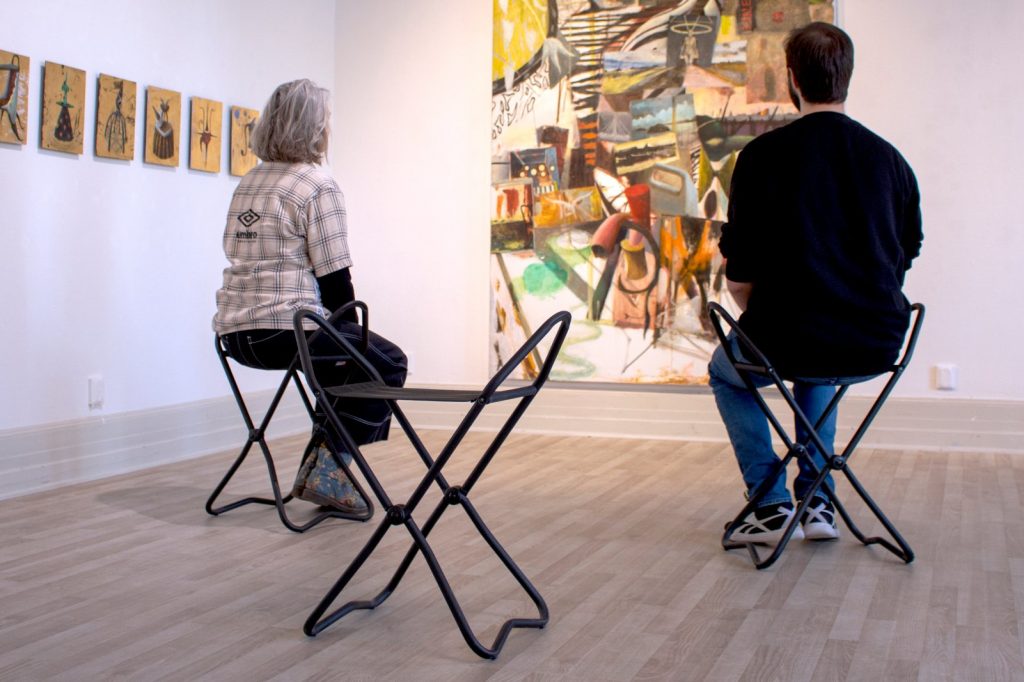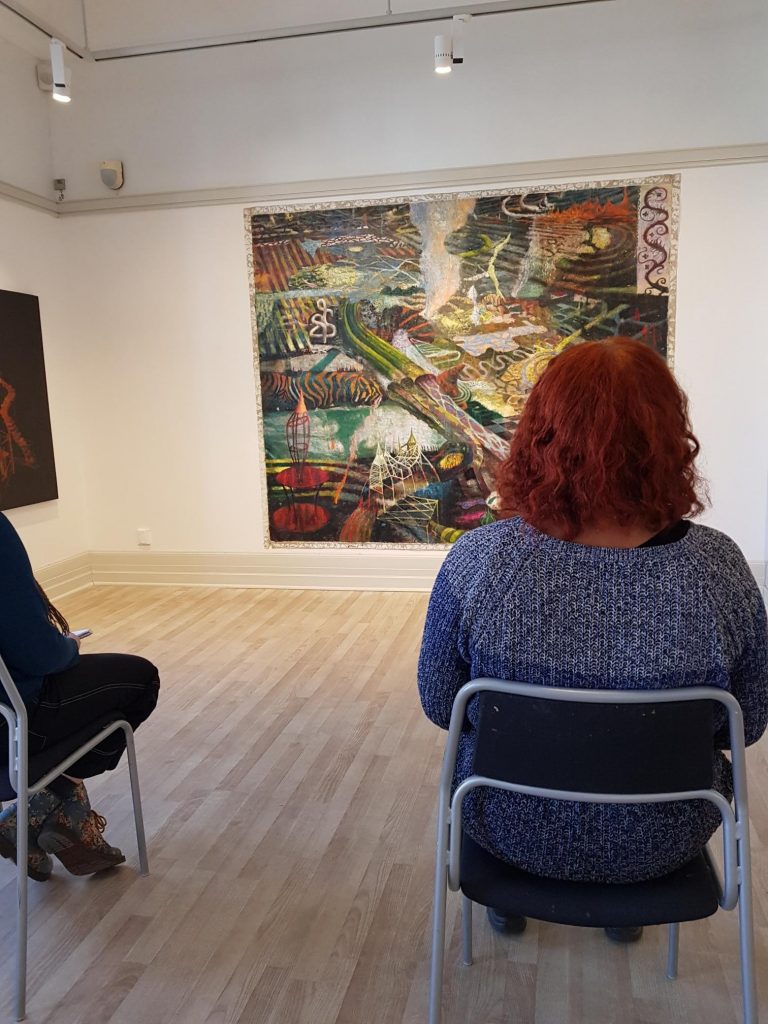For their 9th(!) Slow Art Day, the McMaster Museum of Art in Hamilton, Canada, hosted a virtual slow looking session organized by Information Officer Olga Kolotylo together with Education Officer Teresa Gregorio.
On April 2, participants looked slowly at artworks by Denyse Thomasos (1964-2012), Alexandra Luke, the Painters Eleven, and others.
At the start of the session, participants were first given context about the land which the McMaster is located on, which traditionally belongs to the Hadenosaunee and Anishinaabe nations. Slow Art Day was then introduced, and The McMaster presented the following advice for slow looking:
- Get comfortable
- Pay attention to your senses
- Open yourself up
- Allow yourself to enter the artwork
- Trust your intuition
- Share your findings
- Look again
For the remainder of the time, participants were given silence to look slowly followed then by discussion.
The session was recorded and is available to watch below. We encourage art educators to check out the video for inspiration and ideas, including Kolotylo’s moderation and the way she did not reveal the artist or title until the end of each conversation.
At Slow Art Day HQ, we love the longtime leadership of the McMaster Museum of Art in the slow looking movement and eagerly look forward to what they create in 2023.
We can’t wait to see what the McMaster Museum of Art comes up with for Slow Art Day in 2023.
– Johanna, Jessica Jane, Ashley, Phyl and Robin
P.S. You can stay updated with events at the McMaster Museum of Art via their IG page.
P.P.S. I, Johanna, feel especially nostalgic when I write about the McMaster events, since their event was one of the first reports I put together for Slow Art Day when I joined the team.

